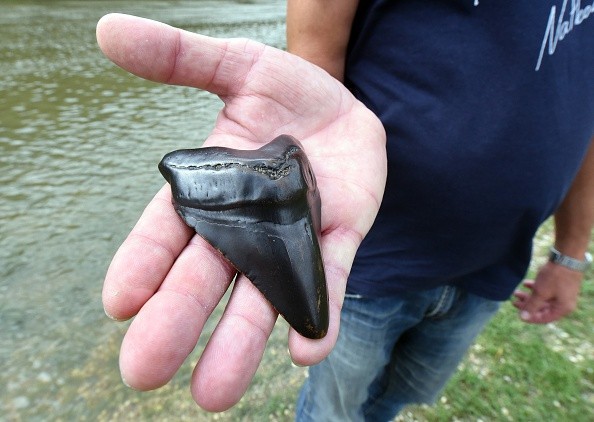There is some evidence to suggest that megalodons grew larger in cooler waters and that the so-called nurseries may just have been warm-living communities.

How Larger Body Benefits Megalodon
Megalodon (Otodus megalodon) are more likely to change in size depending on where they reside, according to a team of researchers in the US. Sharks living in cooler waters may have grown larger than those in warmer waters, study reveals
As a result of growing larger, megalodons may have been able to limit heat loss, travel longer distances, and hunt larger prey. Scientists could use this information to better understand how sharks will change as ocean temperatures rise as a result of global warming, according to Natural History Museum.
The findings of this research have crucial implications for understanding how modern climate change is quickly increasing marine habitat shifts to greater polar latitudes in apex predators such as sharks, says co-author Professor Michael Griffiths.
Megalodon's Teeth May Play a Major Role
About 20 million years ago, during the Neogene Era, scientists believe Megalodon first appeared on the scene. It has been estimated that a shark can grow up to 18 meters in length over millions of years. One of the largest fishes to have ever existed, this creature would have been just little less than a bowling lane in length.
However, it is only possible to make educated guesses as to the size of the species. Teeth that are up to 18 centimeters long comprise the majority of megalodon fossils found. This is around three times the length of a great white shark's teeth as a point of reference.
According to Science Daily, the position of the teeth in the shark's mouth is used to determine their size based on comparisons with modern and fossil relatives. Researchers modified the equations last year after discovering that their prior predictions might be wildly inaccurate, so they employed an almost complete set of teeth in the process.
Small megalodon teeth have been recovered in huge deposits, which has been interpreted as evidence of the ancient shark's nursery grounds. These nurseries may have been located in what is today Spain, the United States and Panama by 2020.
They were taken using lateral teeth that the authors of this study suggest are more prone to generate uncertainty in size estimates. As a result, they decided to reassess the data using new ways of assessing body length and the top anterior teeth, which the scientists say provide superior estimations.
Why the Body Size of Sharks Differ with Temperatures
One hundred and eighty megalodon teeth were utilized to measure body length and then compared to the estimated sea surface temperatures when these creatures were alive.
Even though only a few teeth were used in the study, the results were consistent with other research that used different methods of analysis.
Sharks that live in cooler waters tend to be larger than those that live in warmer waters, according to these findings. This is consistent with Bergmann's rule, which states that animals that live in colder areas tend to be larger in order to better retain heat.
Researchers think megalodon cannot be directly compared to its modern descendants since it is too different to have this rule documented in other shark species.
The findings show a hitherto unrecognized body size trend for the ancient shark, notably following Bergmann's rule,' explains lead scientist Professor Kenshu Shimada.
How Temperature Changes Affect Ancient Sharks
The fundamental finding of this study is that not all geographically distinct megalodon individuals developed to giant sizes equally, the authors write. Temperature-dependent populations should be excluded from the general belief that the species can grow to a maximum length of 18 to 20 meters.
Megalodon's nursery locations may be thrown into doubt by the scientists' findings, as these areas tend to be located in warmer waters.
Megalodon's life may have been affected by global temperature variations in body size. It is possible that Megalodon was equally impacted by temperature, which affects swimming distances, predation success, and oxygen consumption.
Finding out how temperature changes affect these ancient sharks could help scientists better understand the effects of climate change on their present counterparts, which could lead to better conservation measures for these species.
For more news, updates about sharks and similar topics don't forget to follow Nature World News!
© 2025 NatureWorldNews.com All rights reserved. Do not reproduce without permission.





